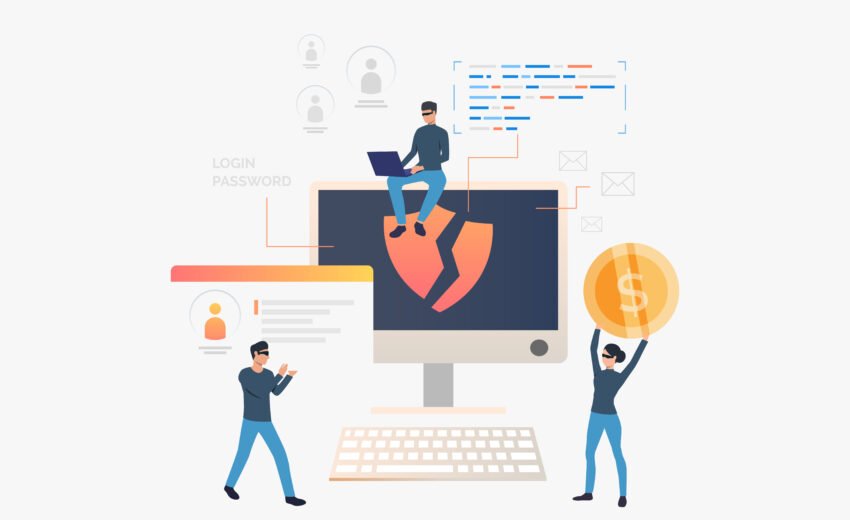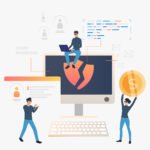
As technology evolves, so do the methods cybercriminals use to exploit vulnerabilities. In 2025, businesses and individuals face increasingly sophisticated cyber threats. Understanding these threats and taking preventive measures is crucial to safeguard sensitive data.
1. Ransomware Attacks
Ransomware continues to be one of the most damaging threats. Attackers encrypt data and demand payment for its release.
Prevention: Regularly back up your data, keep software updated, and educate employees about suspicious emails.
2. Phishing Scams
Phishing attacks trick users into sharing sensitive information, often via email or messaging apps.
Prevention: Use multi-factor authentication, train employees to recognize phishing attempts, and verify suspicious communications.
3. AI-Powered Cyber Attacks
Artificial intelligence enables attackers to automate attacks and mimic human behavior for social engineering.
Prevention: Implement AI-based threat detection tools and monitor unusual network activity.
4. Internet of Things (IoT) Vulnerabilities
Connected devices often have weak security, making them easy targets.
Prevention: Change default passwords, update firmware regularly, and segment IoT devices on a separate network.
5. Cloud Security Breaches
As more businesses move to the cloud, misconfigured services and weak credentials can lead to breaches.
Prevention: Use strong passwords, enable encryption, and review cloud permissions frequently.
6. Insider Threats
Disgruntled employees or negligent staff can cause significant damage by exposing sensitive data.
Prevention: Monitor internal access, enforce strict security policies, and conduct regular audits.
7. Supply Chain Attacks
Hackers exploit vulnerabilities in third-party vendors to infiltrate networks.
Prevention: Vet vendors carefully, implement strict access controls, and maintain an incident response plan.
8. Mobile Device Threats
Smartphones and tablets are increasingly targeted for malware and data theft.
Prevention: Install security apps, avoid public Wi-Fi for sensitive transactions, and update operating systems promptly.
9. Advanced Persistent Threats (APTs)
These long-term, targeted attacks aim to steal data silently over time.
Prevention: Use network monitoring, threat intelligence, and endpoint detection solutions.
10. Social Engineering Attacks
Cybercriminals manipulate humans rather than technology to gain access.
Prevention: Provide ongoing employee awareness training, verify identities before sharing data, and encourage a security-first culture.
Conclusion:
Cybersecurity threats are constantly evolving. Staying informed and implementing robust security measures is the key to minimizing risks. Regular updates, training, and advanced tools can protect your business and personal data from cybercriminals in 2025 and beyond.


